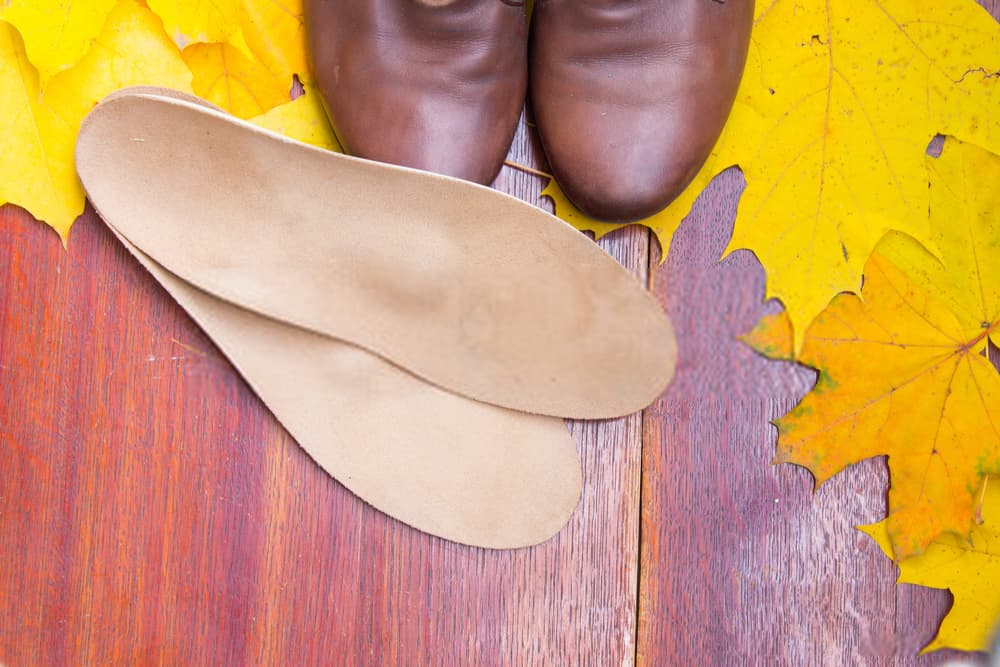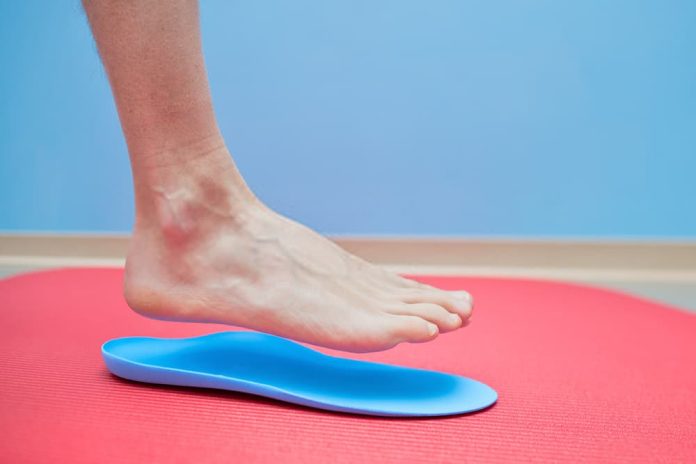Table of Contents
What are shoe orthotics?
Orthotics are shoe inserts that are specifically designed to treat foot and leg biomechanical issues. They help patients to control the movement of their feet while allowing the other parts to realign naturally.
Orthotics are often used for the recovery of your feet from injury, to support the legs when playing sports or heal long-term chronic foot issues.
Unbeknownst to many, there are many types of these shoe inserts. They are as follows:
- Prefabricated Orthotics – these are the ready-made shoe inserts that you can buy from sports goods stores. These kinds of orthotics are good enough to provide support to your feet.
But if your feet require specific types of support, prefabricated orthotics might not be suitable for you.
- Custom Orthotics – these are the types of shoe inserts that fit exactly to your biomechanical profile.
These inserts are made using an impression of your feet so that they’ll feel more personalised. But more than the comfort and exact fitting, custom orthotics provide more accurate support and yield the best results when it comes to healing the issues that your feet suffer from.
How do these orthotics work?

Shoe orthotics are expertly designed to help place your feet, ankles, and lower legs in the right alignment so that your lower extremities can move effectively.
If you have an injured or naturally weak lower body, orthotics are one of the options that are looked at to solve these issues. There are also shoe insoles that ensure proper alignment of your lower body parts while you’re walking, running, or just standing. This kind of support will also help relieve the pressure and strain off your ankles, knees, hips and back. Goodbye, body pain!
See a podiatrist if you need orthotics
Although shoe orthotics can practically help heal a wide range of foot issues, wearing them is not always the best way. That’s why you have to see a foot doctor before wearing one.
Since podiatrists are the experts when it comes to your lower limbs, they’re the authority to give you a green light in wearing shoe inserts. They can also devise a treatment plan that is designed specifically to your condition, budget and lifestyle.
You have to use orthotics if you have these foot issues:
- Plantar Fasciitis
- Bunions
- Ankle Instability
- Various Tendinopathies
- Bursitis
- Synovitis
- Knee, Hip & Back Pain
- Limb Length Discrepancies
- Flat Feet
- Shin Splints
- Stress Fractures
Once you book an appointment with a podiatrist, expect sitting, standing and walking assessments.
Process of making your custom orthotics
Like we’ve said, assessments are the key to this kind of process. An expert eye will have to look at your condition before proceeding to the next step, which is making your custom orthotics at Watsonia Podiatry. But once it’s decided that you really need to wear shoe inserts, the next steps are as follows:
Appointment #1
Your first visit to a podiatry clinic is the scanning appointment. During this visit, your biomechanical profile will be determined. Your foot posture and gait will also be assessed.
The next step is scanning your feet using a laser scanner. This process will make an exact impression on your feet.
Appointment #2
By the time of your second visit, your custom orthotics are probably already done. You have to bring the shoes that you wear most often so that the podiatrist can fit them right into your kicks.
The shoe inserts should fit perfectly but if required, the podiatrist will have to make modifications or touch-ups. Normally, the foot doctors provide shoe inserts that are one size larger than your shoes. This way, they’ll have more room to work on when fitting your inserts.
Appointment #3
The succeeding appointments are for follow-ups. Usually, these are conducted five weeks after the orthotics were provided. This is to make sure that the shoe inserts work in your favour.


